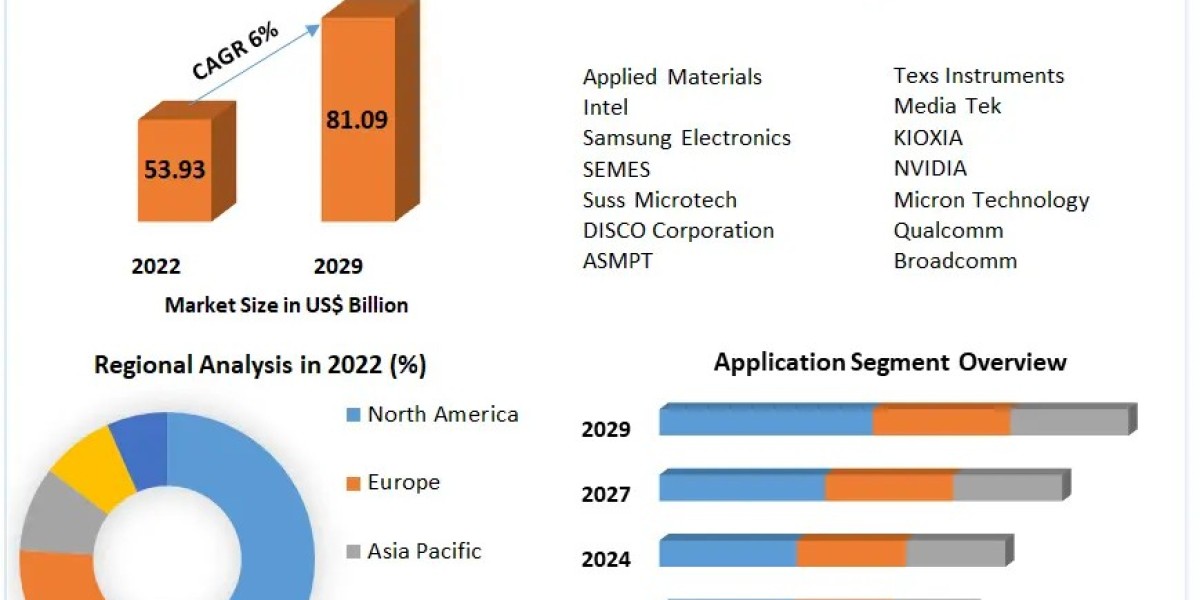Demand forecasting is an essential practice for businesses to predict future sales and plan their operations effectively. Demand patterns can vary significantly, and understanding these variations is crucial for accurate forecasting. This blog explores how smooth, erratic, and lumpy demand patterns can be forecasted and the techniques used to manage these different types of demand.
Understanding Different Demand Patterns
Smooth Demand Patterns:
Definition: Smooth demand patterns show consistent and predictable demand over time. These patterns are characterized by stable and regular fluctuations.
Example: Daily demand for basic groceries like bread and milk usually follows a smooth pattern, with consistent sales and minor variations.
Erratic Demand Patterns:
Definition: Erratic demand patterns exhibit unpredictable and irregular fluctuations in demand. These patterns are challenging to forecast due to their inconsistency.
Example: Demand for certain fashion items can be erratic, with sudden spikes due to trends or celebrity endorsements and drops when the trend fades.
Lumpy Demand Patterns:
Definition: Lumpy demand patterns have sporadic spikes in demand followed by periods of little or no demand. These patterns are common in industries with irregular purchasing cycles.
Example: Industrial machinery and equipment often experience lumpy demand, with significant orders placed infrequently, followed by long periods of inactivity.
Techniques for Forecasting Smooth Demand Patterns
Moving Averages:
Method: Moving averages involve averaging a set of data points to smooth out short-term fluctuations and highlight long-term trends.
Application: For smooth demand, using a simple moving average can help businesses understand the underlying trend by eliminating noise from random short-term variations.
Example: A supermarket can use a three-month moving average to forecast the demand for staple food items, ensuring consistent inventory levels.
Exponential Smoothing:
Method: Exponential smoothing gives more weight to recent data points, making it responsive to recent changes while smoothing out older fluctuations.
Application: This technique is effective for smooth demand patterns as it adapts quickly to changes while maintaining stability.
Example: A bookstore can apply exponential smoothing to forecast the demand for popular books, adjusting orders based on recent sales trends.
Linear Regression:
Method: Linear regression involves modeling the relationship between a dependent variable (demand) and one or more independent variables (time, price, etc.).
Application: For smooth demand patterns, linear regression can identify trends and project future demand based on historical data.
Example: A coffee shop can use linear regression to forecast daily coffee sales based on historical sales data and seasonal trends.
Techniques for Forecasting Erratic Demand Patterns
Advanced Statistical Methods:
Method: Techniques like ARIMA (AutoRegressive Integrated Moving Average) can manage the complexity of erratic patterns by combining autoregression, differencing, and moving averages.
Application: ARIMA models are useful for handling erratic demand by accounting for patterns and variations in time-series data.
Example: A fashion retailer can use ARIMA models to forecast demand for trendy clothing items, adjusting inventory based on recent sales and anticipated future trends.
Scenario Analysis:
Method: Scenario analysis involves creating different demand scenarios based on potential influencing factors and evaluating their impact.
Application: This approach helps businesses prepare for various outcomes and manage erratic demand more effectively.
Example: An event planning company can develop scenarios based on factors like weather, economic conditions, and social trends to forecast demand for their services.
Machine Learning Algorithms:
Method: Machine learning algorithms analyze large datasets to identify hidden patterns and make accurate predictions.
Application: These algorithms are particularly effective for erratic demand as they can process complex data and adapt to changes quickly.
Example: An e-commerce platform can use machine learning to predict customer demand for electronics based on historical sales data, customer behavior, and market trends.
Techniques for Forecasting Lumpy Demand Patterns
Event-Based Forecasting:
Method: Identifying specific events that cause demand spikes and incorporating them into forecasting models.
Application: Event-based forecasting helps businesses anticipate and prepare for demand surges driven by specific events.
Example: A manufacturer of industrial equipment can track major industry events or government projects to forecast demand for their products.
Safety Stock Calculation:
Method: Maintaining safety stock to buffer against sudden spikes in demand, ensuring availability even during unexpected surges.
Application: Safety stock helps manage lumpy demand by providing a cushion of inventory to meet unexpected orders.
Example: A pharmaceutical company can maintain a safe stock of essential medicines to handle sudden demand spikes due to health emergencies.
Demand Aggregation:
Method: Combining demand data from multiple sources to get a clearer picture of overall demand patterns.
Application: Demand aggregation helps businesses smooth out lumpy demand by averaging out the spikes across different customers or regions.
Example: A supplier of office equipment can aggregate demand from multiple corporate clients to create a more stable demand forecast.
Importance of Accurate Forecasting for Different Demand Patterns
Inventory Management:
Accurate forecasting helps maintain optimal inventory levels, reducing the risk of overstocking or stockouts. Effective inventory management is crucial for minimizing costs and meeting customer demand.
Resource Allocation:
Ensuring the right amount of resources are available to meet varying demand patterns is essential for efficient operations. This includes staffing, production capacity, and distribution logistics.
Cost Savings:
Efficient forecasting reduces unnecessary costs related to excess inventory and emergency resource allocation. Accurate forecasts help businesses avoid costly last-minute adjustments.
Challenges in Forecasting Different Demand Patterns
Data Quality:
Accurate forecasting requires high-quality data. Poor data can lead to incorrect predictions. Ensuring data accuracy through regular audits and updates is essential for reliable forecasts.
Complexity:
Different demand patterns add complexity to forecasting models, requiring advanced techniques and tools. Businesses need to invest in sophisticated forecasting software and training for accurate predictions.
External Factors:
Unpredictable external factors, such as economic changes or natural disasters, can significantly impact demand patterns. Developing contingency plans helps businesses manage these uncertainties.
Conclusion
Understanding and forecasting different demand patterns—smooth, erratic, and lumpy—are essential for businesses to make informed decisions, manage inventory effectively, and improve customer satisfaction. By using techniques like moving averages, exponential smoothing, ARIMA models, machine learning algorithms, event-based forecasting, and demand aggregation, businesses can achieve more accurate forecasts and better prepare for varying demand conditions. While challenges exist, investing in high-quality data, advanced forecasting tools, and regular updates can help businesses overcome these obstacles and achieve more accurate forecasts. Ultimately, accurate demand forecasting leads to cost savings, increased profitability, and a competitive advantage in the market.
FAQs
1. What is the difference between smooth, erratic, and lumpy demand patterns? Smooth patterns are consistent and predictable, erratic patterns are irregular and unpredictable, and lumpy patterns have sporadic spikes in demand followed by periods of little or no demand.
2. How can businesses manage erratic demand patterns? Businesses can use advanced statistical methods, scenario analysis, and machine learning algorithms to forecast and manage erratic demand patterns.
3. Why is it important to understand different demand patterns? Understanding different demand patterns helps businesses make accurate forecasts, optimize inventory, allocate resources effectively, and reduce costs, ultimately leading to increased profitability and customer satisfaction.
Predict your sales volume and demand trends with our Artificial Intelligence-based SaaS platform visit: https://thousense.ai/
Source: https://bresdel.com/blogs/582615/How-Can-Smooth-Erratic-and-Lumpy-Demand-Patterns-Be-Forecasted







